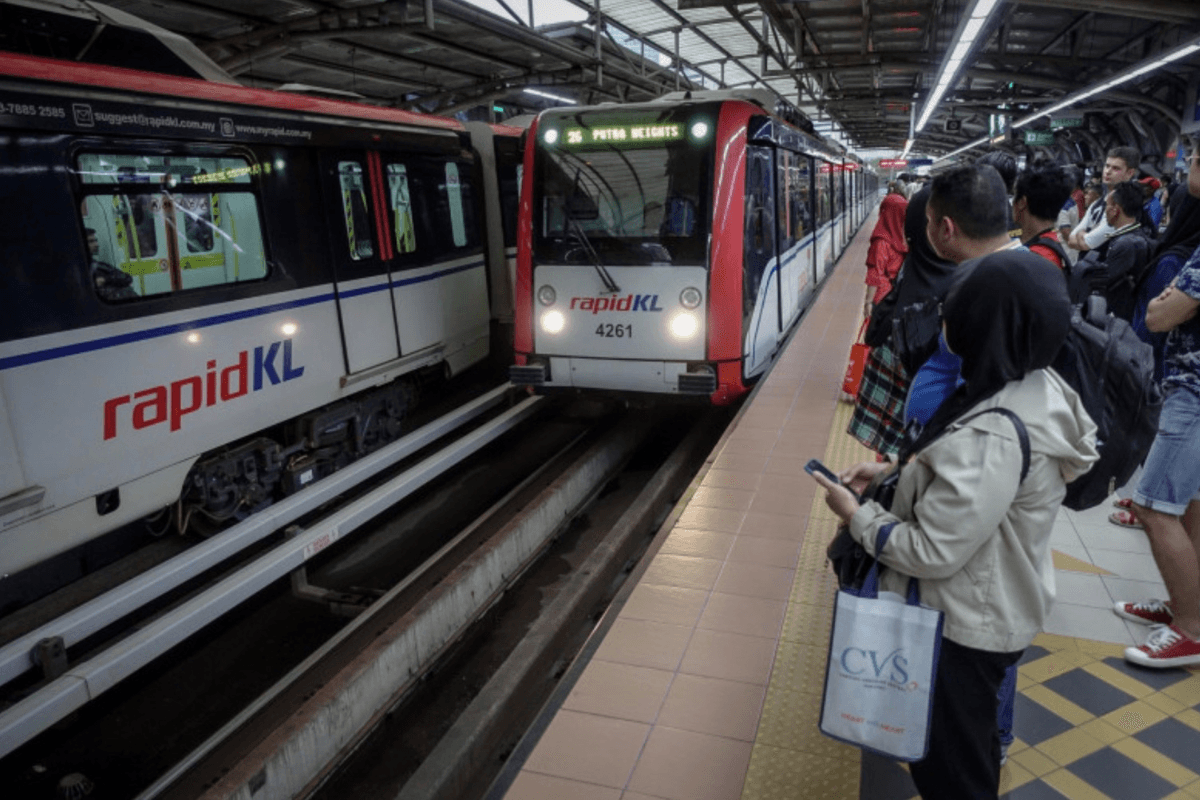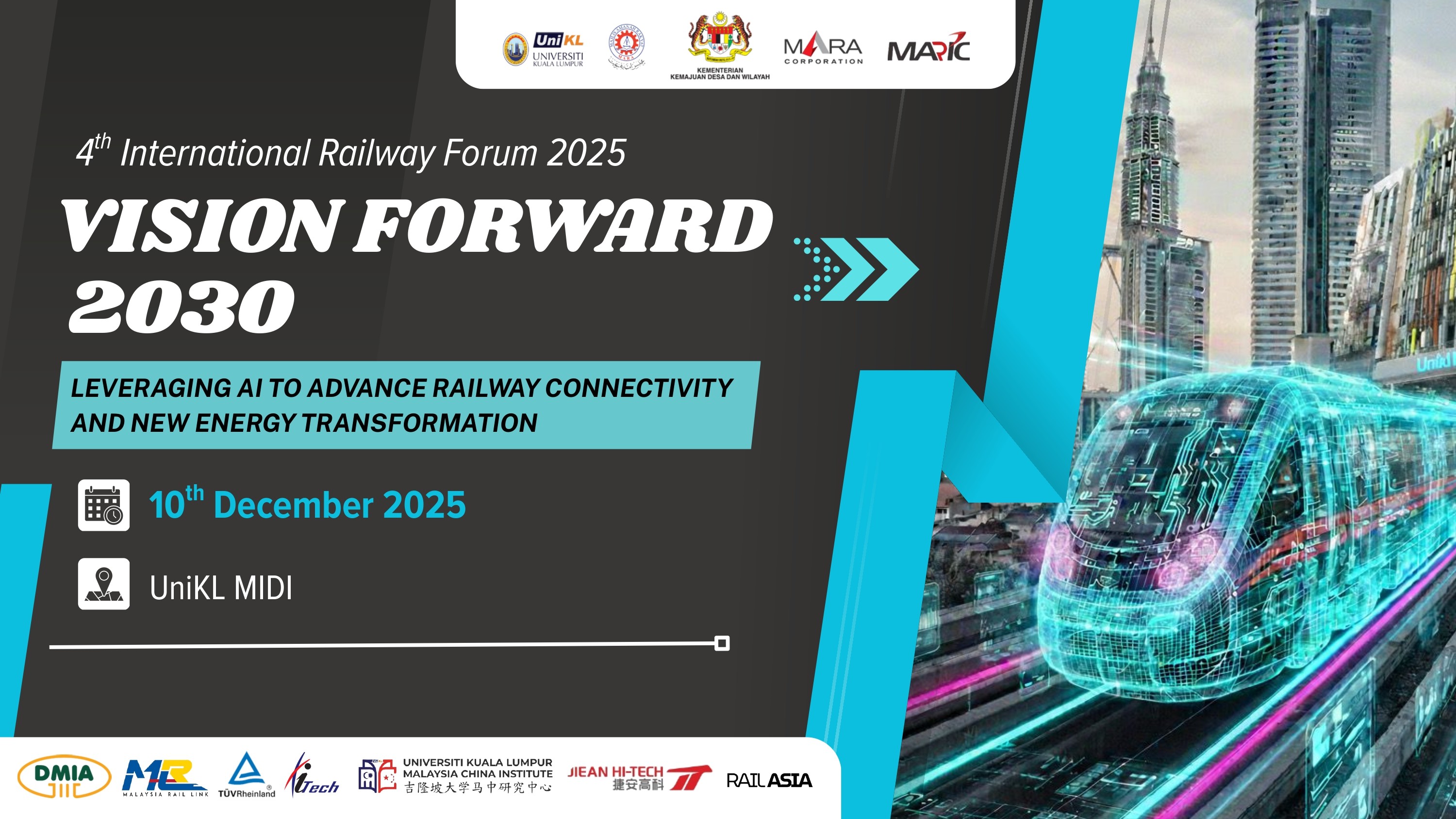Jul 19, 2025
China's High-Speed Rail Development: Balancing Glory and Problems
BEIJING, 25 July 2025 — China has dramatically slowed the expansion of its once-ambitious high-speed rail (HSR) network, following mounting financial losses, overcapacity, and long-standing concerns over planning inefficiencies and construction quality.
Over the last four decades, China has built one of the world's most extensive modern transportation systems, with high-speed rail as its centrepiece. By 2012, the country's HSR network stretched 18,000 kilometres. That number surged to more than 42,000 km by the end of 2023 and is expected to reach 46,000 km by early 2025, according to data from the China State Railway Group Co., Ltd. (China Railway).
However, the breakneck pace of expansion has come at a cost. In 2011, a corruption investigation into former Railways Minister Liu Zhijun unveiled widespread irregularities, including substandard workmanship and non-compliant project approvals. The scandal led to multiple arrests and temporary halts on several projects.
In response to growing fiscal strain and underused lines in less-populated regions, China's central authorities imposed a nationwide pause on medium- and long-distance HSR construction in 2022. The "emergency brake" policy, reported by state-run media outlets including Xinhua and People's Daily, marked a significant shift in the country's infrastructure strategy.
China now prioritises short-distance HSR corridors, especially those that serve densely populated urban clusters such as the Beijing-Tianjin-Hebei region, the Yangtze River Delta, and the Greater Bay Area. This recalibration aims to improve system efficiency, ensure better integration with other transport modes, and address long-standing concerns about the economic viability of some routes.
Despite earlier plans to extend the HSR network to 70,000 km by 2035, transportation authorities have acknowledged the need for more disciplined, demand-driven planning. In recent white papers and policy briefings, officials from the National Development and Reform Commission (NDRC) stressed the importance of "rational layout," "scientific feasibility," and "financial sustainability" in new rail projects.
Analysts say the shift reflects a broader trend in Chinese infrastructure development that moves away from volume-driven targets and focuses instead on long-term return on investment and public benefit.
As the world's largest HSR operator recalibrates its strategy, observers worldwide are watching closely. China's evolving rail blueprint could reshape not only domestic transport policy but also influence global standards for large-scale infrastructure development.
Related Post
Latest Post
Subscribe Us
Get Subscribe To Our Latest News & Update












